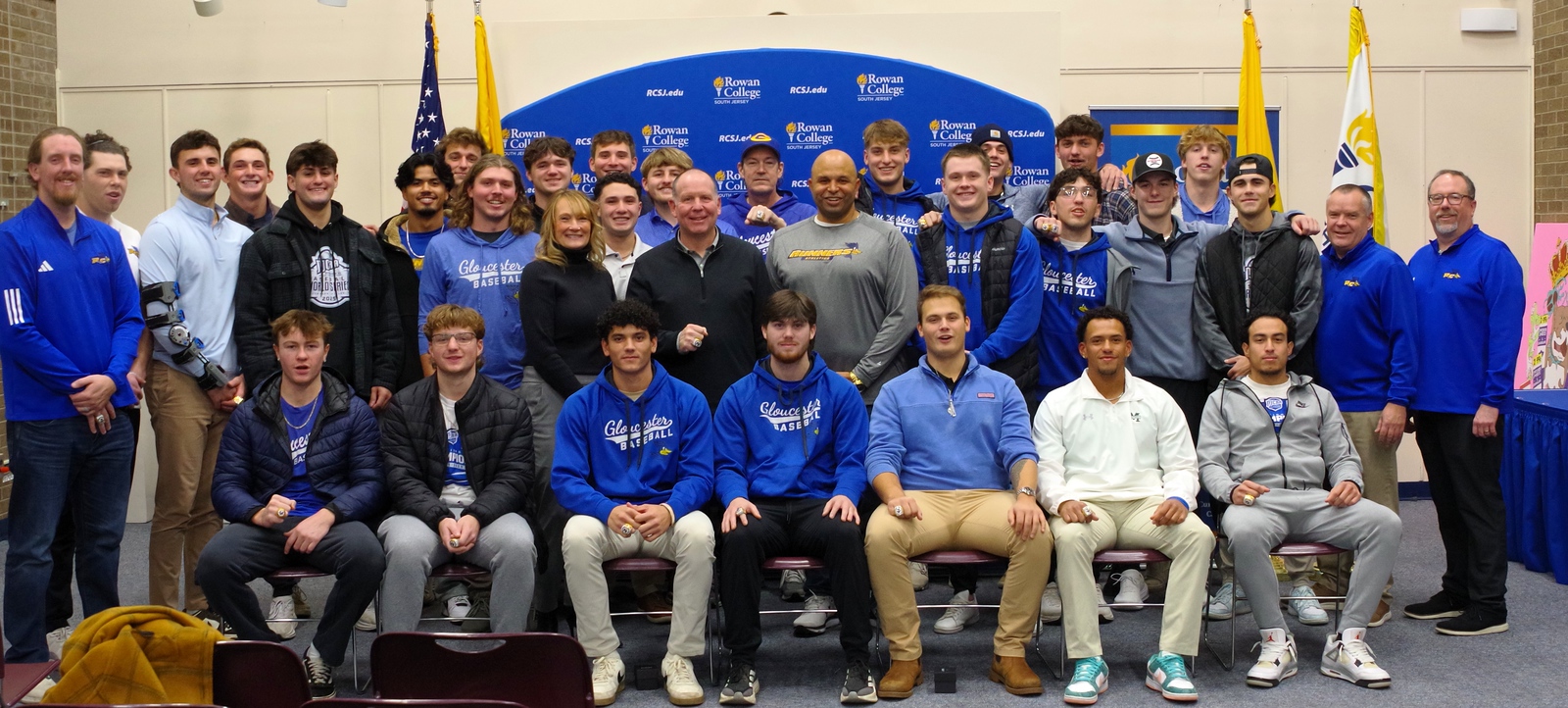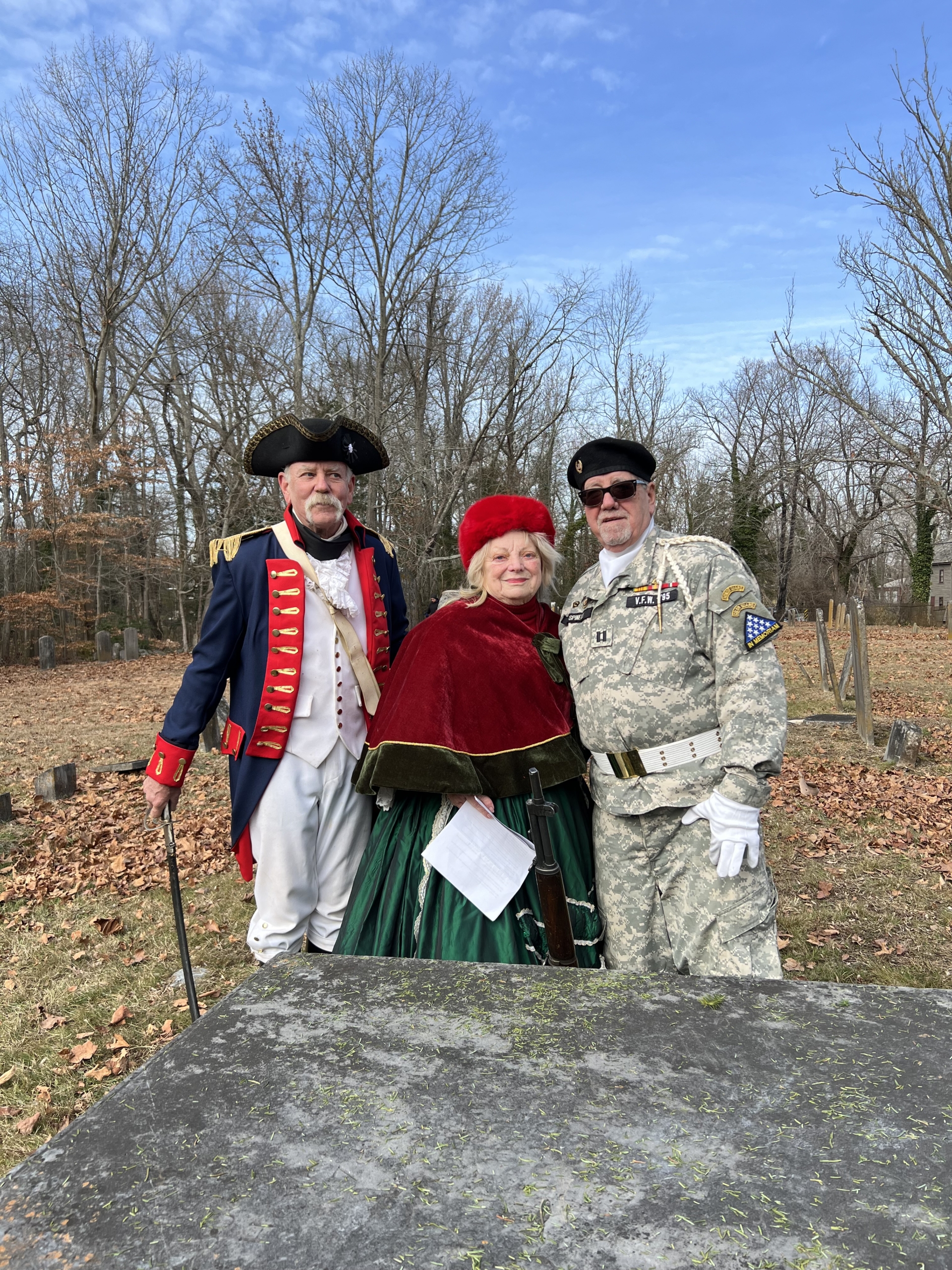Goodwill Mission
Mexican aviator Emilio Carranza landed 300 miles short of his long-distance destination—Washington, DC.
In June 1928, the New York Times reported that Emilio Carranza, the aviator who was about to undertake a goodwill nonstop flight from Mexico City to Washington DC in the fashion of Charles Lindbergh and unknowingly become memorialized in South Jersey, had recently been promoted to the rank of First Captain in the Mexican Army.
The projected flight would be a milestone worthy of the respect of two nations for the young pilot as well as Mexican aviation. It was only a month earlier, according to the New York Times, that Mexico had introduced its first circuit postal aviation between Mexico City and the ports of Tuxpan and Tampico on April 15. Plans to expand these routes to connect with U.S. delivery in border towns had yet to occur.
Both Mexican and American media scrutinized preparations for Carranza’s goodwill mission, so it’s curious that a New York Times article published on June 11 prior to the flight was unable to ascertain exactly what was transpiring at the time. The newspaper reported that two days earlier the flight’s technical crew had called for further tests before the aviator’s departure sometime in the next several days.
In the early hours of June 10, there appeared to be confusion over whether or not those tests had been completed when the plane, the Mexico-Excelsior, reportedly awaited departure at 1 a.m. on the Mexico City runway, having been readied with 325 gallons of fuel, enough to carry Carranza on a nonstop flight to Washington, DC. Word of a 5 a.m. takeoff that morning had been unofficially reported, but if such plans were true, they had been scuppered at the last minute and blamed on Carranza’s lack of sleep. The departure was rescheduled in a less secretive fashion for the next day.
The New York Times wasn’t the only media representative to remain uninformed of details. Acknowledging the mystery shrouding the aviator’s departure from Mexico City, the newspaper noted that Carranza “becomes more like Colonel Charles A. Lindbergh in his methods every day,” with the flight’s sponsor, the Excelsior newspaper, apparently “in the dark about his intentions.”
Carranza may have simply wanted to take to the skies sooner either to avoid the high-profile publicity he knew would surround his takeoff or to get an early start on his journey. He may also have been aware of certain weather conditions that could impede his flight; whatever his reasons, leaving a day later affected his travel.
Once Carranza was airborne at 8:08 a.m. on June 11, the media turned its attention exclusively to his flight path and projected destination. Nonstop travel to America’s capital would match Lindbergh’s accomplishment of the second longest continuous flight the previous year when he traveled from Washington, D.C. to Mexico City.
According to the 2001 account by Ismael Carranza, the pilot’s second cousin, the first sighting of the Mexico-Excelsior was at Tulancingo at 9:20 a.m. By 11 a.m., the plane was seen over Tampico and at 1:10 p.m. there was a report of it flying over Brownsville, Texas. It reached Galveston, Texas at 4:20 p.m. and was spotted over New Orleans by 7:10 p.m.
Shortly afterward, Ismael Carranza reports, his cousin encountered fog, heavy rain and turbulence but continued flying through Alabama and Georgia. At 1:45 a.m. on June 12, “reports from Spartanburg, South Carolina [declared] that all flying had been canceled due to the weather conditions, although they had heard what had to be the Mexico-Excelsior pass by.”
The next report announced that Carranza was forced to make an emergency landing in Mooresville, North Carolina at 3:45 a.m. and, as Ismael Carranza explains, “both airplane and pilot were OK.”
The location where the aviator touched down was 300 miles short of Washington, DC.
Next Week: The U.S. Visit







